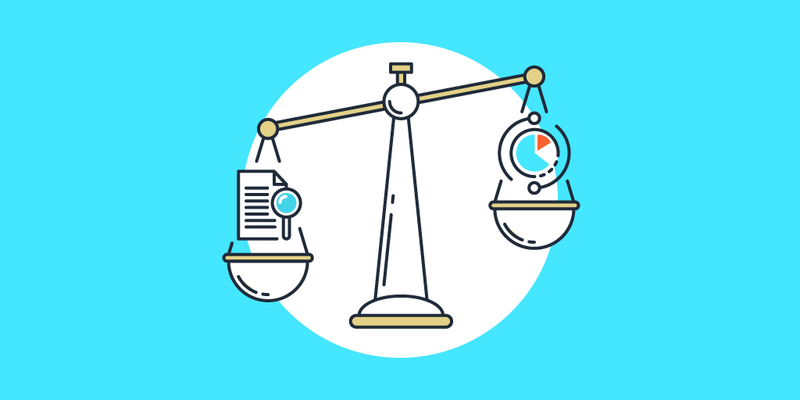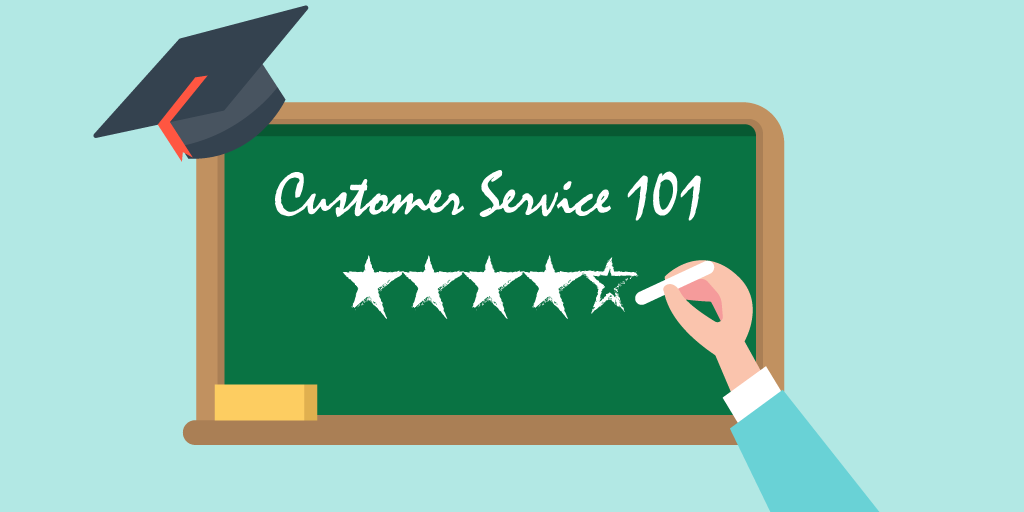How many times have you heard this thing: “A business decides to close down one of its location.” Immediately, several questions come to mind: Was there not enough customers? Budget? Both?
Believe it or not, the businesses would like to know the answer to that, too!
Losing a location, even for obvious reasons, is always a sad ordeal. It’s a wasted opportunity, first and foremost. But the solution is not to keep failing locations no matter what.
The solution is to compare different locations and see what's been working for them.
Want to skip the entire article and get straight to the point? Sign up for a free Qminder trial, and get all the tools for location data comparison.
Why Comparing Business Locations is Important
The simple truth is, for companies to grow, they need to be able to grow geographically. Rather than to keep one building expanding to multiplex-like states, the more effective approach is to create new business locations in other… well, locations.
Geographically dispersed business locations allow to cover larger customer base and tap into new demographics. This does come with its own risks, of course, as it makes it more difficult to keep every branch on the same level of quality and profitability.
Why does one location generate positive cash flow while another location doesn’t? There are a few key aspects you need to pay attention to.
The Magic of Market Research
The main point of difference between two locations is, again, their location.
That's why geographical and demographical research and comparison is so important, as it helps determine the level of industry-specific demand in a particular region.
Long story short, when deciding on a new location, you need to identify potential target audience and measure the existing demand as well as competition. It's easy to understand why.
For example, an ice-cream shop in a region with warmer climate will always enjoy better success. Meanwhile, a store selling swimming equipment in the Heartland, hundreds of miles away from the sea, may be in for a nasty surprise.
Then, there’s a matter of average wealth of local customers, which directly impacts your potential revenue.
Barring these obvious differences between two potential locations, duplicating success in either of them is entirely doable. What works for one location will likely work for another.
If you want to expand your business, you have to account for possible regional differences between your locations.
Employee Management
No growing is complete without experiencing some growing pains. Expanding your team can be exciting at first, but there are also challenges to watch out for.
As you can’t be in multiple locations at once, supervision becomes a point of concern. Not only that, you may find that a customer service team at a new location is not serving customers the same way as the team you’re used to back at your "home location".
The way out? Monitoring your employees.
Now, “monitoring” is a scary word that draws to mind images of Big Brother and invasive surveillance, but instead of talking semantics, let's talk some benefits.
Monitoring employees — or rather, their performance — can help you track the small successes of your staff: number of daily/weekly/monthly visitors, working hours, typical foot traffic throughout the day — and make staffing decisions based on these findings. For example, if you see that employees at a location that has one more extra line are less stressed out, you may want to implement the same setup at a different locations.
This allows you to help make your staff’s life better without them having to complain to you.
People may want different products in different places, but they all want the best service — and great customer experiences are pretty much universal. Personal approach, higher engagement, less informal interactions — these are all things we enjoy as customers.
Replicating a successful customer strategy from one location is a good way of ensuring a consistent experience across all of your business locations.
Comparing Location Data, the Qminder Way
Now, for the main mean of our course — how to compare location data when using Qminder.
Let's start with the good news: the location data on your Qminder page is literally one click away. The Locations tab at the bottom of the menu gives a quick summary of the locations you’ve created.
You can manage and review all your locations in one dashboard.

As for bad news... The trick's on you, there are no bad news.
For better comparability, all the information is broken down into three columns. The first column includes a location’s customizable name and address as well as customer service team size and space allocation.
The second column lets you compare locations by the method of greeting, informing and serving your customers. This allows you to know, at a glance, the setup at each location — how many TVs and sign-in iPads there are — and the number of individual service lines.
Finally, the third column provides practical performance data. The short excerpt lists the number of visitors served the previous week as well as their average wait and service time.
Already, you can see the difference in performance numbers for all your locations and notice the trends. But if that’s still not enough information for you, you can always dive deeper.
Look at the graph icon in the top-right corner of the location:

Clicking on it takes you to that location’s Overview page. This page shows you more service-related data, such as number of served or non-served tickets.
The statistics are shown in colorful graphs, to help you pinpoint the trends in hourly visits, their breakdown by the type of service, and overall time spent on servicing.
This data can be compared to the data from a day before or to the data gathered during the previous week. It can be exported to Excel for later use during your marketing meetings, where the real decision-making happens.
But to sum up and put everything into neat bullet points, Qminder allows you to:
Measure progress through comprehensive reports across multiple locations.
Compare data points and find underlying trends.
Find optimal use of your resources on a per-location basis.
And, as a bonus, after the recent "facelift" Qminder looks mighty fine, too.
Consistency is key to great customer service, but to find this consistency, and implement it, requires a keen analytical eye. If you wish to delight your customers with superb experiences no matter which outlet they visit, you need to take advantage of location data comparison.






